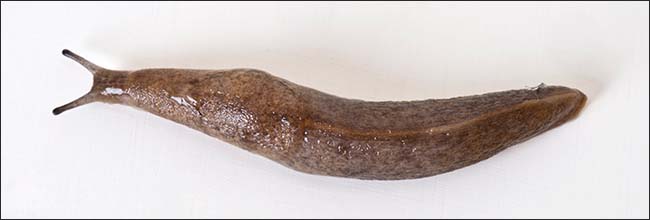Many instances of this worm-like creature were found in a water system for a mountain cabin in the Sierra Nevada mountains of the US, in late June / early July. The water system collects water from an enclosed spring. Can you help identify this creature?
Clues:
- The worms have two "points" on their heads.
- They can stretch out and be long and thin, or when poked (or are resting) they contract into a small blob.
- Here is a picture of a single worm with markings shown.

- Here is a picture of a few worms, somewhat contracted.

- Here is a movie of them moving, in natural light.
- Here is a movie of them moving, with backlight.
- Here are pictures of their undersides and their internal structures.




- Whenever I pull some out of the water and put them into a tupperware with the same water, they only survive for around 24 hours, after which they seem to disintegrate. Here is a picture of about 20 of the worms after about 24 hours, the bulk of them have halfway-decomposed and form a heap in the upper right. After another day it'll just look like debris in the water, you wouldn't even recognize that there were worms in it. There is a piece of bacon in there because some suggested putting it there to test if they were leeches, but this disintegration happens repeatably and regardless of the bacon; please ignore the bacon.

- Someone suggested that they are trematodes, but there are no snails, frogs, or other creatures in the storage and collection sections of the water system; we have looked very closely. There may be something within a 30-foot section of pipe, but we doubt it.
Can you help us identify this creature? Even just possible families of creatures or general categories would be helpful for us.



